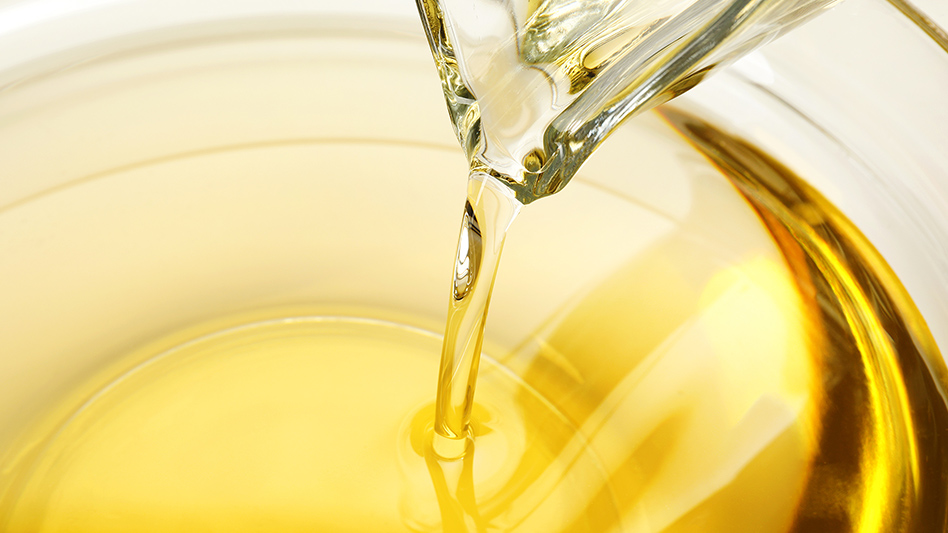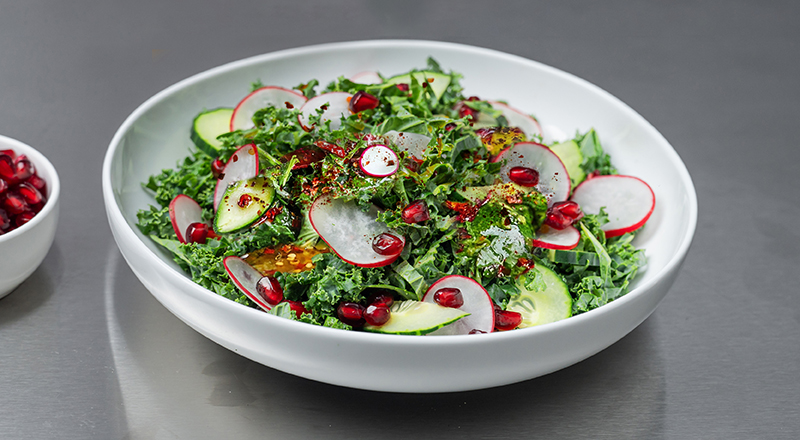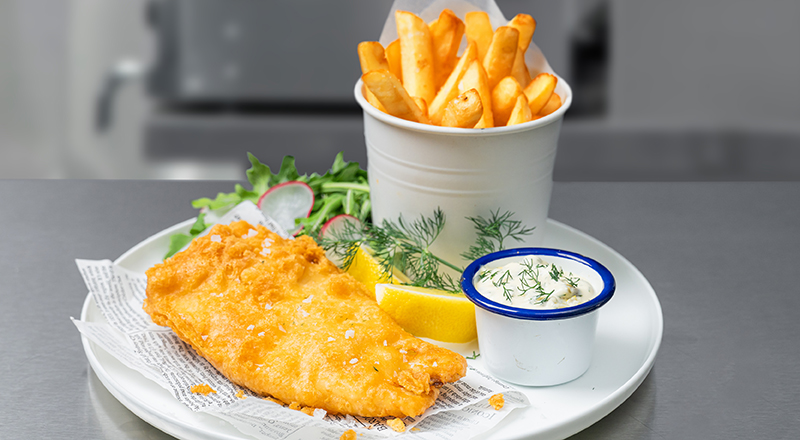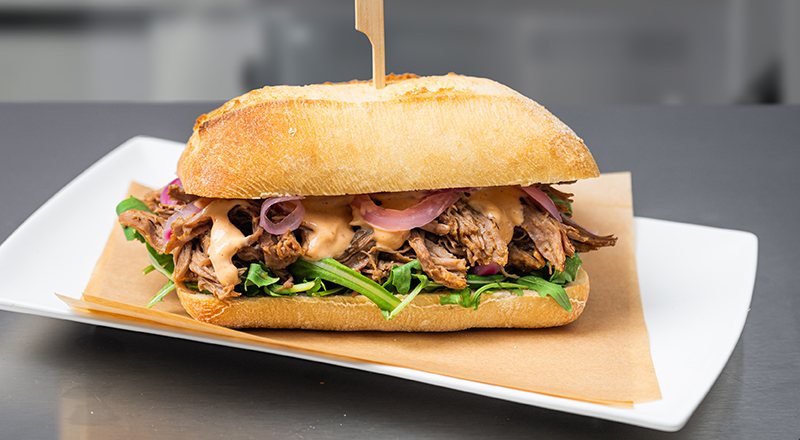Be inspired with recipes created by chefs.
Sign up for updates about products, special offers, news and promotional materials from Goodman Fielder.

Summary
What is vegetable oil? Where does it come from? How is it made? Vegetable oil is the deep-frying weapon of choice for a lot of chefs. We delve into the journey from the fields to your fryers.
Australia is fortunate enough to produce a range of natural oilseeds including canola seed, cottonseed, sunflower, soybean and small quantities of safflower and linseed. And oilseeds are a major contributor to the Australian economy through seed exports value added products.
Due to the high demand of Australian oilseeds, the industry reportedly produces around three million tonnes annually. And according to Australian Oilseeds, “Australia uses over 600,000 tonnes of oils fats [each year] with the vast majority utilised in edible applications.”
So, when thinking of vegetable oil – what exactly is it, how is it made and why is it one of the most bought, and used, oils in Australia? Vegetable oil is a group of fats that are derived from seeds, nuts, cereals grains and fruits and is commonly used to assist with texture, carry flavour within a dish and to cook food.
Vegetable oil is commonly referring to plant based oils, often made from canola, corn, palm, soybean or sunflower oils and in some cases be flavoured with dried or fresh herbs. Whereas, blended vegetable oil is a combination of plant based oils that have been created for a specific application and designed for maximum performance for the purpose.
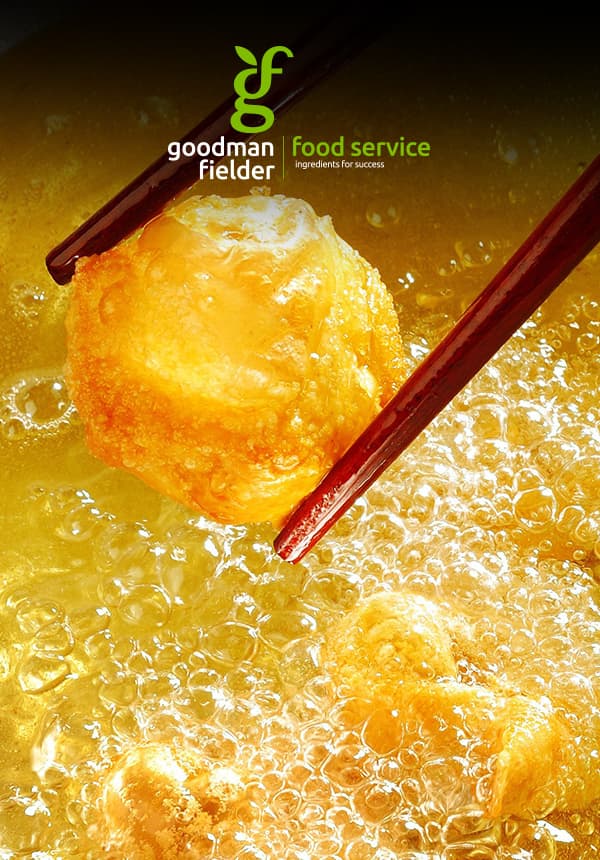
Want to know everything about your vegetable oil?
Download your own Vegetable Oil Guide today!
How seeds are transformed into vegetable oil:
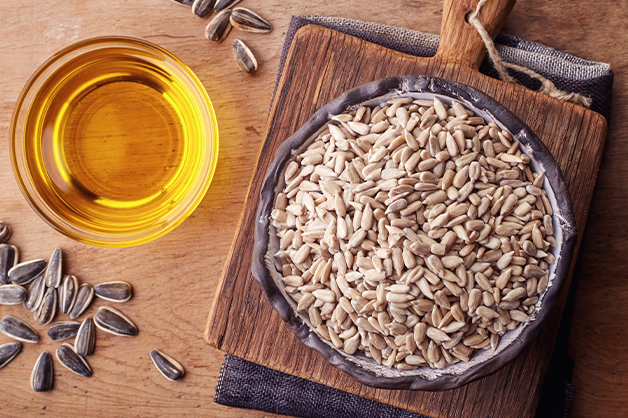
Vegetable oils are created from the extraction of oils from plant materials. This process involves the crushing and removing of the unwanted components, which is typically achieved through mechanical pressing.
Vegetable oil extraction can also be completed by chemical extraction using a solvent. Solvent extraction is used to remove the remaining oil content in the compressed plant material. During this step, the crushed plant materials are heated and mixed with hexane; a chemical that extracts the residual oil within the crushed goods.
Once the oil has been extracted, a process of purification takes places to remove any impurities that may still be present after the extraction process. This is an important step as these impurities can affect the taste, quality and clarity of the final oil product.
Refining is the final processing step when it comes to creating vegetable oil. The refining process removes any missed impurities and other remaining undesired constituents, through bleaching and deodorising steps.
During the bleaching component, the oil is heated and mixed with filter aids that absorb the colouring and other impurities found within the oil. Once this has been completed, the oil is heated under vacuum to 200 – 280 degrees Celsius – this step removes the remaining free fatty acids and impurities.
Water is then introduced as steam, which then bubbles through the oil, carrying away any impurities. This step is key to the manufacturing of vegetable oils and once it has been completed, the oil is ready for packaging.
Oils are commonly packaged into drums, as they are specially designed to hold the liquid, as well as protect it. Though, there are different formats of packaging depending on the oils end-use purpose.
For the food service industry, the type of packaging is important as it serves as a form of containment and protection for the oil product. Metal drums and pails are common in hospitality due to their ability to hold 20 litres and retain clear product information, as required by mandatory labelling regulations.
Bag-in-box is a relatively new oil packaging solution, which combines the stacking capability and storage convenience of cartons with the pouring ability of a drum. Plastic bottles are also commonly used – these options are popular amongst chefs due to them being easy to hold and use, especially when in a rush in the kitchen.
What we have to offer when it comes to vegetable oils:
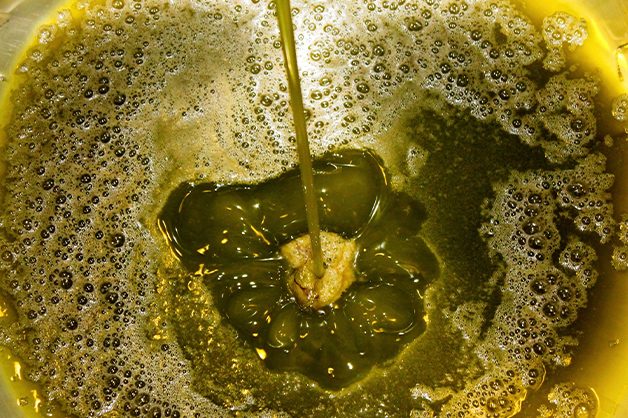
When it comes to oils, there are a number of different types on the market that are suited to different needs and wants in the kitchen. Whether you are after vegetable oil mix for specific or broad uses, such as deep or shallow frying, or as ingredients or sauces there is an oil for every need.
The Crisco Vegetable Oil, ETA Sal-Fry Oil and ZENA Blended Vegetable Oil are perfect as a shallow frying oil, dressing, sauce or as an added ingredient, while the famous ETA Ever-Fry Blended Vegetable Oil and ETA Mel-Fry Shortening are ideal when it comes to deep frying.
At Goodman Fielder Food Service, we supply an array of quality bulk vegetable oil and vegetable shortening products from well-known brands to restaurants and cafes around the country.
Want to know more about our oils range – contact a representative today.
Download your own Vegetable Oil Guide and develop a thorough understanding of the ingredients you use throughout your kitchen.
Related Ideas
Kale, Cucumber & Pomegranate Salad with Chilli Oil Dressing
Brighten your menu with a kale, cucumber, and pomegranate salad topped with a chilli oil dressing. Featuring in-season produce, this salad is fresh, vibrant and cost-effective. Add a house-made chilli dressing using Solero Canola Oil for a bold, flavourful finish that complements the natural sweetness of the ingredients. Perfect as a stand-alone dish or a versatile side for autumn menus.
Beer Battered Fish & Chips with Tartare Sauce
Delight your customers with classic beer-battered fish and chips paired with house-made tartare sauce. As a premium alternative, try Oli & Vine Aioli. To achieve the crispiest batter, use ice-cold beer. The shock of cold hitting the hot Crisco Canola Oil you are frying in creates a light, crunchy texture that stays crispy for longer. Opt for coated chips to ensure maximum crunch and hold.
Slow Roasted Lamb Roll
Elevate your menu with slow-cooked lamb rolls that are both delicious and efficient. Using pre-cooked pulled lamb is a time-saving option that reduces labour while maintaining rich flavour. To elevate the QBA ciabatta roll, brush it with a touch of Crisco Canola Oil before par-baking, ensuring a glossy, golden finish that adds to the roll's appeal. Combine harissa paste with Oli & Vine Whole Egg Mayonnaise to create a tangy harissa mayo that complements the richness of the lamb perfectly.
